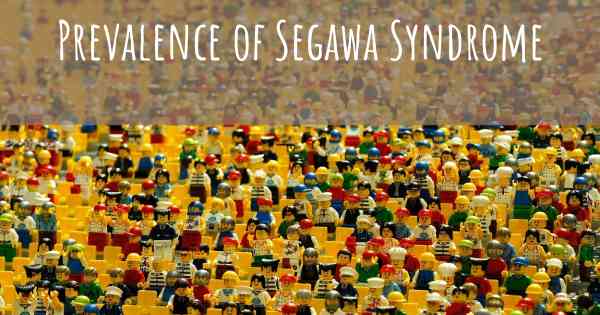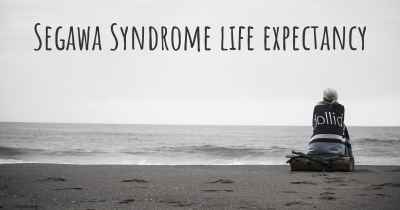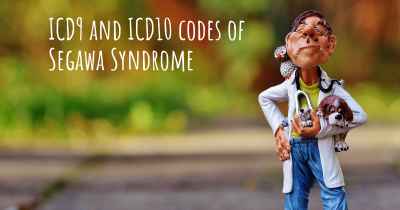What is the prevalence of Segawa Syndrome?
How many people does Segawa Syndrome affect? Does it have the same prevalence in men and women? And in the different countries?

Segawa Syndrome is a rare genetic disorder characterized by early-onset dystonia, a movement disorder that causes involuntary muscle contractions. It is estimated to affect approximately 1 in every 1 million individuals worldwide. The condition typically manifests in childhood, with symptoms worsening during adolescence. Segawa Syndrome is caused by mutations in the GCH1 gene, which is involved in the production of dopamine, a neurotransmitter that regulates movement. Early diagnosis and treatment with levodopa, a medication that increases dopamine levels, can help manage symptoms and improve quality of life for individuals with Segawa Syndrome.
Segawa Syndrome, also known as Dopa-Responsive Dystonia (DRD), is a rare genetic disorder that affects the nervous system. It is characterized by muscle stiffness, tremors, and difficulty with voluntary movements. The condition typically begins in childhood, usually between the ages of 1 and 12, and its severity can vary widely among individuals.
While Segawa Syndrome is considered rare, its exact prevalence is not well-established. The available data suggests that it affects approximately 1 in every 1,000,000 to 2,000,000 individuals worldwide. However, due to underdiagnosis and misdiagnosis, the actual prevalence may be higher than reported.
Segawa Syndrome is caused by mutations in the GCH1 gene, which is responsible for producing an enzyme called GTP cyclohydrolase 1. This enzyme plays a crucial role in the production of dopamine, a neurotransmitter involved in movement control. The genetic mutations lead to reduced dopamine levels in the brain, resulting in the characteristic symptoms of the disorder.
Early diagnosis and appropriate treatment with levodopa, a medication that increases dopamine levels, can significantly improve the symptoms and quality of life for individuals with Segawa Syndrome. Genetic testing is often necessary to confirm the diagnosis.
Research and awareness efforts are ongoing to better understand the prevalence, genetic mechanisms, and optimal management strategies for Segawa Syndrome. Collaboration between healthcare professionals, researchers, and affected individuals and their families is crucial in advancing knowledge and support for this rare disorder.








